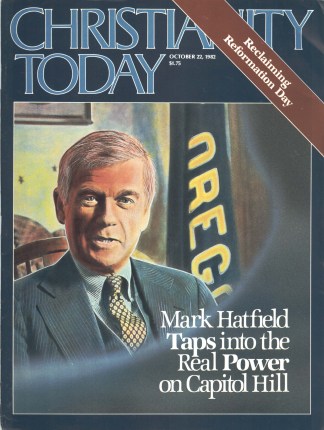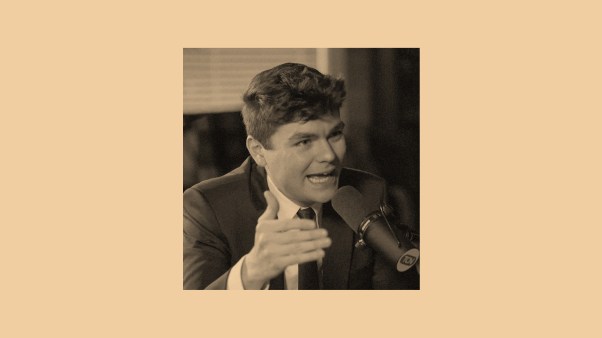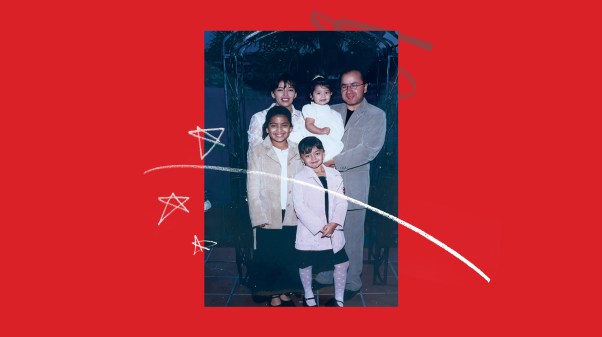More groups, but slower growth, tell the story of the ’70s.
More religious pluralism and slower growth among congregations in America over the past ten years have altered the religious landscape considerably. Those are conclusions of a county-by-county analysis of church membership that covered 111 Christian and Jewish groups with a total of 112.5 million adherents—nearly half the U.S. population.
The study was cosponsored by the National Council of Churches (NCC), African Methodist Episcopal Zion Church (AME Zion), the Southern Baptist Convention’s Sunday School Board, Lutheran Council in the U.S.A., and a Catholic agency, Glenmary Research Center.
The report is not comprehensive because half of the 228 denominations invited to respond did not, and independent churches (which include many evangelicals) were not counted. But the report’s author said the non-responding denominations are very small, and they estimate that their results include 91 percent of all adherents to religious groups in the country. They defined “adherents” as “all members, including full members, their children, and the estimated number of other regular participants who are not considered as communicants, confirmed or full members.”
The study, the third of its kind in three decades, reveals an overall lag in church growth. Between 1952 and 1971, church growth surged ahead of population growth, but in the 1970s, population grew at a rate of 11.5 percent while church adherence increased by just 4.1 percent.
Exceptions to the rule include the Mormons, with a 25.9 percent growth rate. That church became the dominant religious group in 74 counties throughout Utah, Idaho, and adjacent states. This is more than twice the number of counties with a majority of Mormon churches in 1971. The two Churches of God (Cleveland, Tenn., and Anderson, Ind.), Seventh-day Adventists, American Baptist churches, and the Southern Baptist Convention also showed significant growth.
The heaviest losses were sustained by Presbyterian bodies, with the United Presbyterian Church, U.S.A. down 16.1 percent and Presbyterian Church in the U.S. down 9.5 percent. The United Church of Christ and three Lutheran bodies also lost members.
Surprisingly, though, many of the denominations that suffered membership declines showed up in more counties than before. This was markedly true for some Lutheran bodies in the Midwest. Researchers who interpreted the data conjectured that this is a result of increasing mobility among Americans, who average one move every three years. It also signals a trend toward smaller congregations.
The localities where no single religious group claims more than 25 percent of all churchgoers grew substantially, from 84 counties in 1971 to 217 in 1980. There are several explanations for this:
• Counties showing increased pluralism are located where rapidly growing groups have eroded the dominance of mainline churches, especially in the Midwest.
• The inclusion of 63 more bodies in the 1980 survey brought an additional 7.6 million adherents into the picture from AME Zion, Assemblies of God, Christian and Missionary Alliance, Churches of Christ, Conservative Baptist Association, and both Reform and Conservative Judaism, among others.
• Migration patterns among mobile Americans may contribute to more pluralism, which showed up both in counties that lost and counties that gained population.
No efforts were made to correlate growth with evangelism efforts, although one researcher said he saw patterns indicating a link between the two. Organizational strategies also may play a key role, he said, citing the Southern Baptists as a prime example.
Peter L. Halvorson, head of the geography department at the University of Connecticut, said the report’s map of religious dominance would look significantly different across the country if independent and fundamental churches had been included in the study. But he said he was “reluctant to agree that there has been a massive, numerical shift” to fundamental and evangelical churches. “Demographics [characteristics of populations] played as big a role as theology,” he said.
Independent fundamental Baptist churches would certainly make inroads in the Southern Baptist’s stronghold on the South. Several of the country’s largest congregations are not affiliated with any denomination, and Jerry Falwell estimates there may be 70,000 independent Baptist congregations across the country. This is an estimate that NCC statistician Constant Jacquet could not confirm, since no reliable data exists on those churches.
When the report was being planned, attempts were made to involve independent churches through the Bible Baptist Fellowship (BBF) in Springfield, Missouri. Father Bernard Quinn, who coauthored both the 1971 and 1980 reports, said, “We were received very well by the BBF but they told us they are not a denomination, just a fellowship of ministers.” The BBF is the largest of the independent Baptist associations. Quinn said he hoped that a volunteer from BBF would gather the needed information, but that did not happen. The World Bible Fellowship was also approached, but told Quinn many of its churches would be reluctant to participate and were unlikely to have demographic information on hand.
The committee was somewhat more successful in attracting black church participation. Quinn recalled sharp criticism of the earlier reports for omitting black denominations, and he said, “Our number one priority was to get black churches involved.” They gained the cosponsorship of the AME Zion church, representing 1.1 million adherents. In addition, 22 groups provided information about black membership within their ranks.
Attempts to involve the black Baptist bodies failed after an independent organization was contracted to gather the data, but it was never delivered.
As the third in a series, the 1980 report crosses generations for the first time. Halvorson, viewing “religion as a commodity,” said “the present generation in middle adulthood has used the ‘product’ less than past generations. It’s a different picture from the revival of the 1950s.” A major question it poses for mainline Protestant groups with high dropout rates, he said, is how to retain people who move to more pluralistic areas.
Noting that the numbers are already dated (because the report committee based its population estimates on U.S. Census Bureau data that was delayed), the report committee acknowledged that the slower growth rates may be ending. Like U.S. population growth, they may be set for another upswing.










